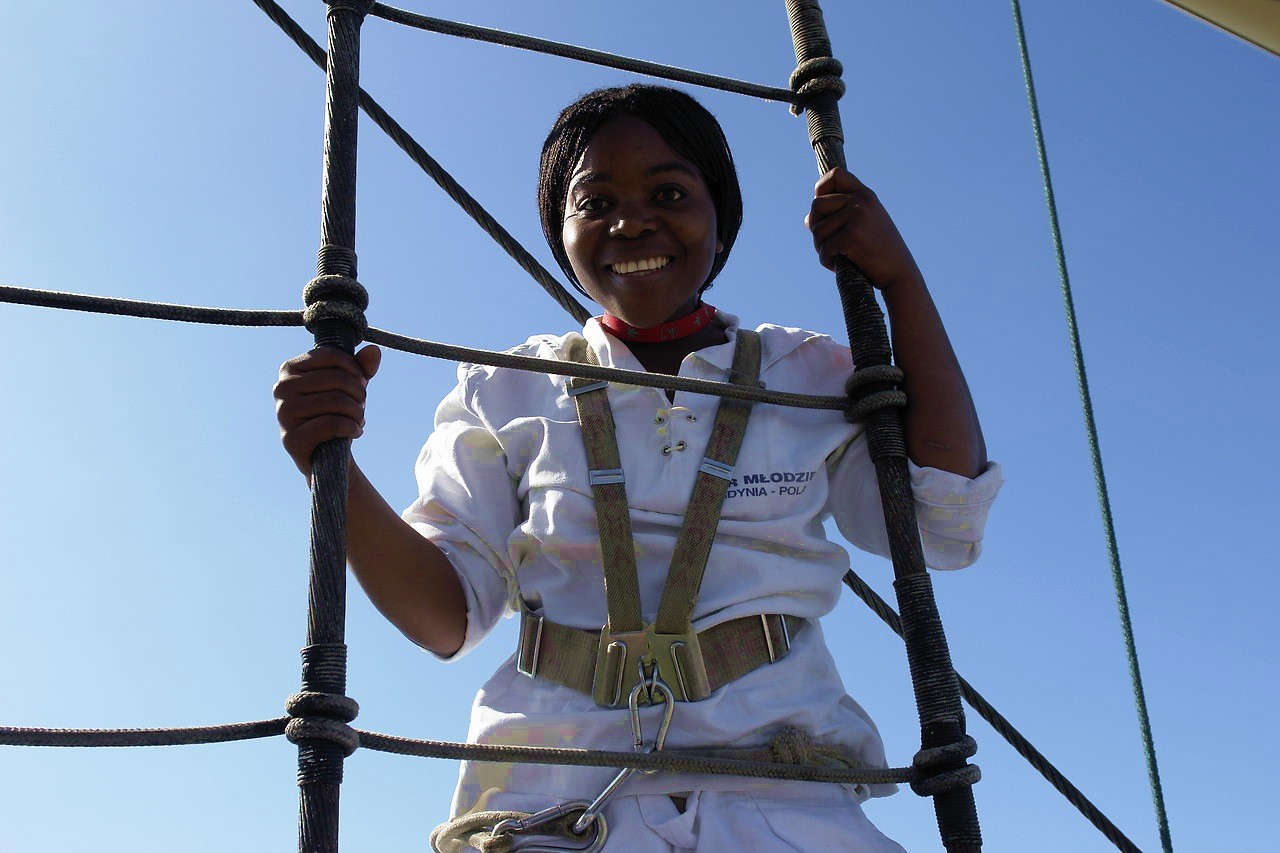Seafarers Today
As well as addressing seafarer training through the STCW Convention, IMO has long been concerned with wider labour force issues which it addresses under the banner of ''the human element''. The human element in shipping embraces not only seafarers serving aboard ships but also the entire spectrum of human activities performed by ships' crews, shore-based management, regulatory bodies and others. Since the 1980s, IMO has increasingly addressed human element issues in its work.
Manpower surveys are still predicting officer shortages and this is something the industry cannot afford to ignore. If the global pool of competent, properly qualified and certified seafarers is to meet the predicted demand, then seafaring must be seen as a viable career choice for young people of the right calibre. The worldwide supply of seafarers in 2010 is estimated to be 624,000 officers and 747,000 ratings and the current estimate of worldwide demand for seafarers in 2010 is 637,000 officers and 747,000 ratings. The results from the company survey do indicate that there are problems for particular types of seafarers in some global regions. There is some evidence of continuing recruitment and retention problems, but not as severe as some have feared. There is underlying concern over the current and future availability of Senior management level officers, especially engineers in the Far East and Indian Sub-Continent groups. Generally, there are few difficulties reported for ratings.
According to the International Transport Workers Federation Women make up only an estimated 2% of the world's maritime workforce. Women seafarers work mainly in the cruise and ferries sector.



